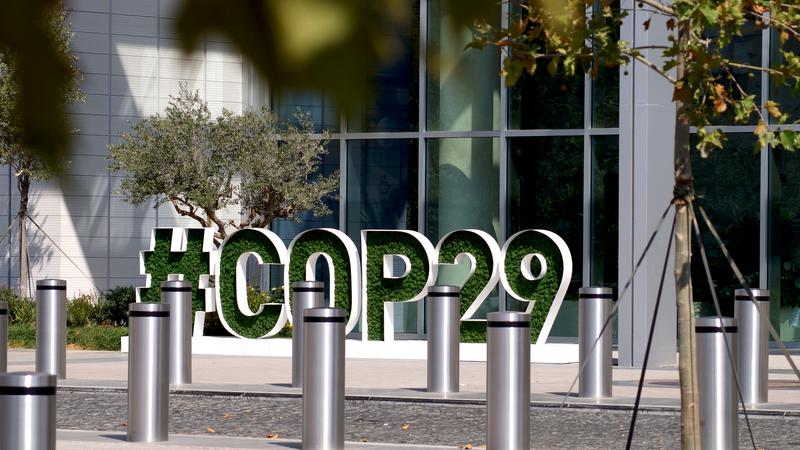
Minister Shulz to promote Alberta’s approach to reducing methane emissions at COP 29
According to data from the Alberta Energy Regulator, the province has reduced its methane emissions by 52 per cent since 2014 while continuing to increase production.
Officials say this is the message the provincial government will share at COP 29, that it is possible to reduce methane emissions while growing the economy, and ensuring that energy delivery is safe, affordable, and reliable.
“We do not need Ottawa to tell us how to reduce emissions. In fact, the federal government should learn from Alberta’s success. By working closely with industry and focusing on technology, not costly taxes or unrealistic targets, we can achieve rapid emission reductions while delivering the safe, affordable, reliable energy the world needs,” comments Minister of Environment and Protected Areas Rebecca Shulz.
Related: Federal emissions cap a “sucker-punch” to province, Alberta says
